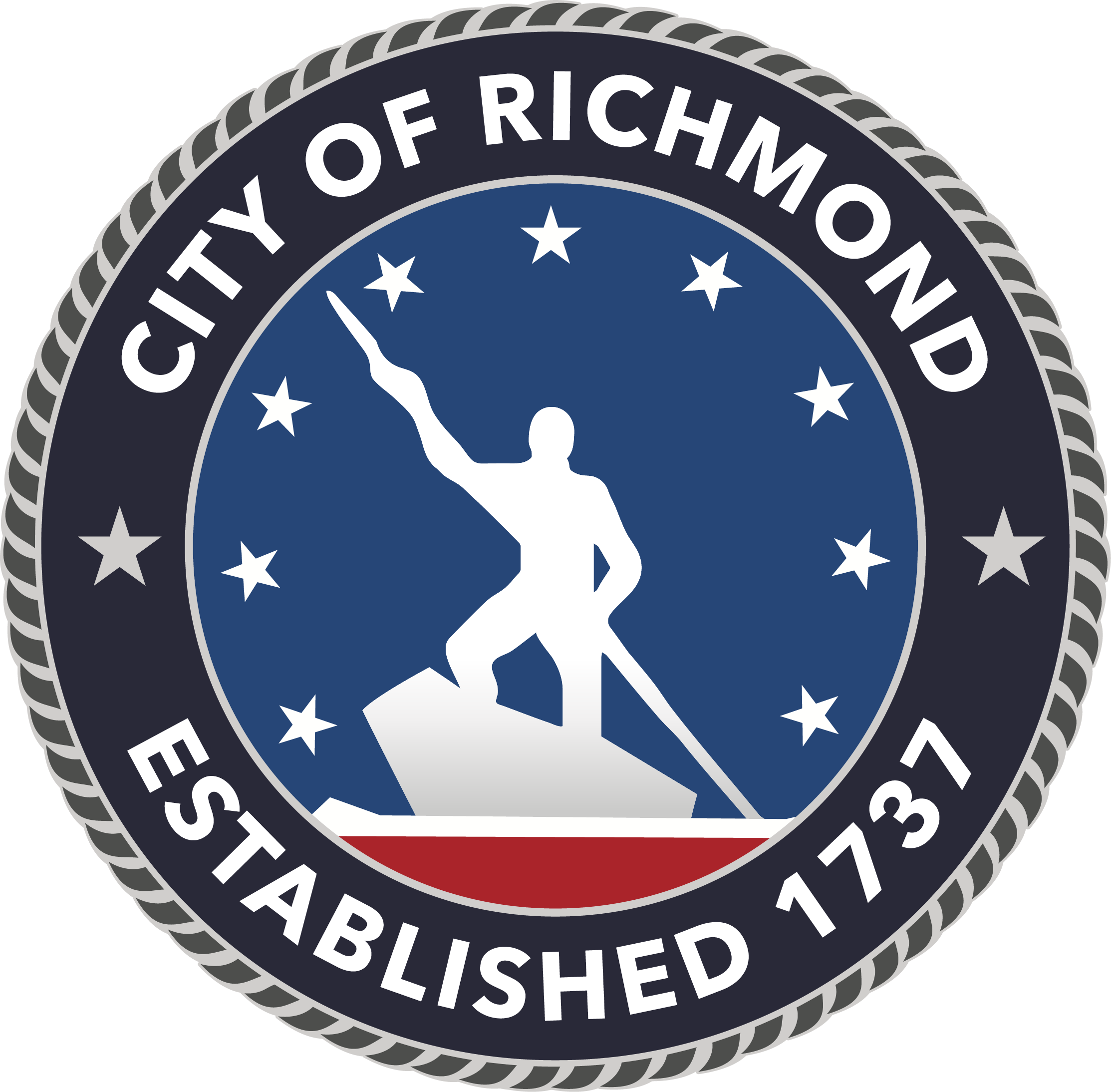Sign up for the monthly RVAgreen 2050 newsletter here.
Call us at (804) 646-6957
Email us at [email protected]
RVAgreen 2050: Climate Equity Action Plan 2030

RVAgreen 2050: Climate Equity Action Plan 2030 is an equity-centered, community based, integrated climate action and climate resilience plan. It is a roadmap that lays out how to reduce greenhouse gas emissions 45% by 2030, achieve net zero greenhouse gas emissions by 2050 and help the community adapt to Richmond’s climate impacts of extreme heat, precipitation, and flooding.
The Plan’s Vision is that All Richmonders, regardless of their identity or neighborhood, thrive in a climate-resilient and climate-neutral community. There are 49 strategies across five pathways: Buildings and Energy, Community, Environment, Transportation and Mobility, Waste Reduction and Recovery. To ensure the Plan moves forward and strategies are implemented equitably, the Office of Sustainability developed a Shared Accountability Framework. The Plan also includes a set of twelve high-level Outcomes focused around community priorities to measure progress.
The Plan represents the culmination of involvement from hundreds of stakeholders over thousands of hours to ensure that the planning process and plan contents incorporated diverse and representative voices. The Office of Sustainability convened residents from frontline communities, community organizations serving frontline communities, institutional partners, government content experts, city employees, and other stakeholders for the RVAgreen 2050 Racial Equity & Environmental Justice Roundtable (as the central advisory group) and topical working groups: Buildings and Energy, Community, Environment, Transportation and Mobility, and Waste Reduction and Recovery. There were over 125 people involved in these key stakeholder groups.
Much of the RVAgreen 2050 planning and community engagement process took place on two parallel tracks: some steps and tools were more typical of traditional city and climate planning processes, while others were specifically aimed at improving the traditional process in order to center equity. Over the two year process, there were multiple rounds of community outreach and engagement combined with multiple rounds of internal city staff and leadership review. In the end, the Plan is reflective of the over 5,700 community members that the Office of Sustainability has engaged in the planning process to date.
Pathways, Objectives, & Strategies (3 pp)
Entire Plan including Appendices (556 pp)
Plan only (181 pp)
Appendices only (375 pp)







